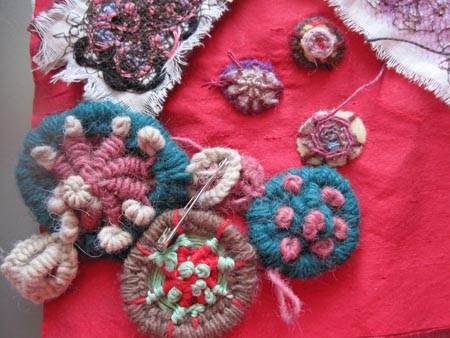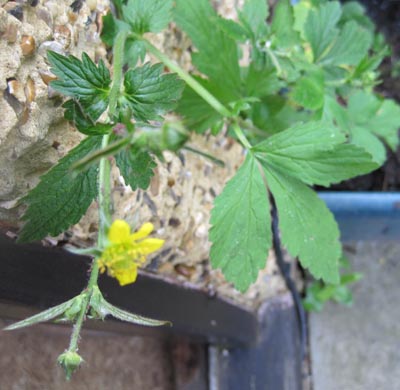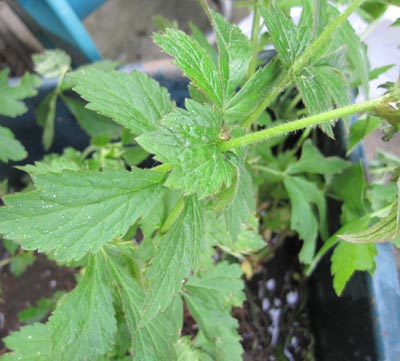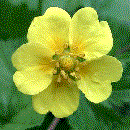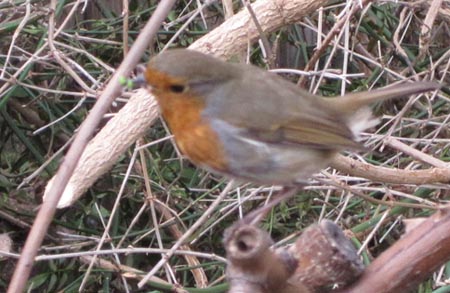I’m at home today and turned Radio 4 on just in time to hear a 30 minute programme about the purchase of writer’s archives.
It seems that Texas, the only state in the USA that at any time has governed itself as an independent country (the Republic of Texas 1836-1845) has been amassing what is in effect the Bibliotheque Nationale de Texas. [CORRECTION from K-eM: Texas is not the only state which was an independent country before becoming a state. Hawaii was a sovereign nation with an internationally recognized monarchy until the U.S. government generated some political unrest that allowed them to take over in 1898. You can visit the I’olani Palace in Honolulu (right across from the state capital building) if you ever visit. Hawaii was a U.S. Territory until 1959 when they were finally given statehood.] You can watch a short video in which the director explains the importance of collecting such archives.
It sounds marvellous. The Harry Ransom Centre at the University of Texas has been striding around Europe throwing money at writers, widows and anyone who has a suitable archive. Yet I can’t help siding with our retiring Poet Laureate, Andrew Motion, who has been advocating that Britain gives tax breaks to living authors who commit to keeping their archives available for the nation in which they were created. It must be a difficult decision for an author to make. Once a writer can make a living outof writing, they become in effect self-employed and don’t have access to a company pension etc. The HRC sees the selling of an archive as a way of ensuring that living writers will not starve in a garret in their old age.
The latest archive to leave our shores is that of Jim Crace. He expressed his surprise that HRC was not only interested in early drafts of works. They have also acquired a considerable amount of juvenilia, including letters from his parents. I immediately phoned my sister, Anne Holloway, who has almost got her foot on the first rung of the literary world. “Don’t throw any of your rubbish out”, I implored her. “They will want it when you are famous. She assured me that all her teenage angst had been reduced to cinders years ago so that it could not embarass our parents. So what ephemera will she be creating these days? With computers, operating systems and applications that become obsolete almost as soon as they are installed, will anthing remain? I have heard that the Brtish Library is archiving selected blogs but that isn’t the same as being able to get your hands on the contents of someone’s desk or bedside drawer. Digital media doesn’t turn yellow, curl up at the edges or smell or come in strange shapes and sizes. As long as the modern world doesn’t turn into a post-industrial dystopia where we no longer have access to our interwebby wonderland we will, of course, be able to view these delights online. If one or two institutions become the gathering point for literary lives then more of us will be able to appreciate the whole creation process but in an ideal world I do feel that the closer an artefact stays to its place of creation the more resonance it will possess.

